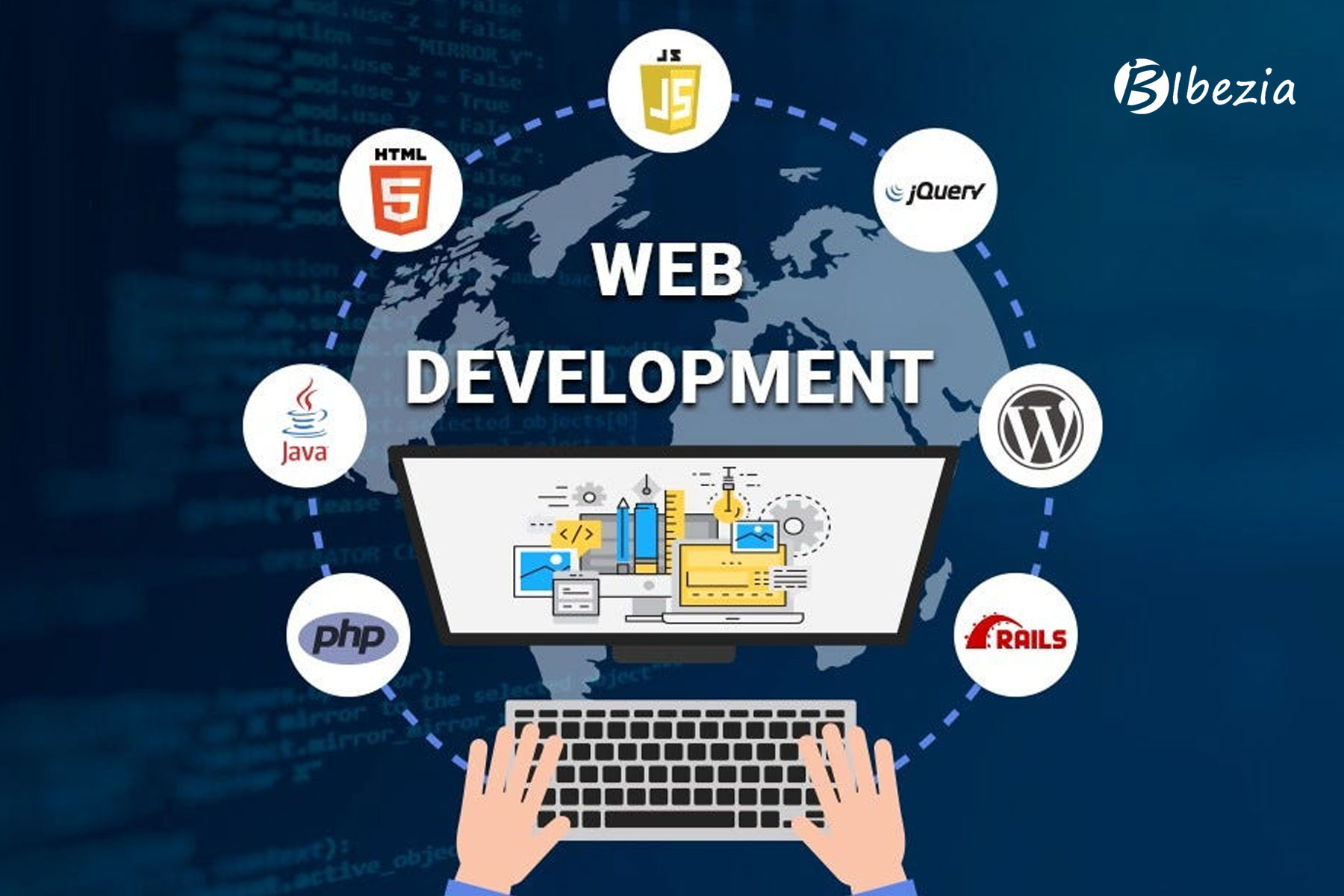Introduction:
In an era dominated by digital experiences, web development stands at the forefront of technological innovation. This article delves into the multifaceted world of web development, unraveling the intricacies that shape the online landscape.
Understanding Web Development:
Defining the Basics
Web development involves the creation and maintenance of websites. It encompasses a spectrum of tasks, including web design, content creation, server-side scripting, and client-side scripting. Understanding the interplay of these elements is crucial for a seamless web development process.
Essential Tools and Technologies:
1. Coding Languages
The backbone of web development lies in coding languages. HTML, CSS, and JavaScript form the core trio, each serving a unique purpose. HTML structures content, CSS styles it, and JavaScript adds dynamic functionality.
2. Frameworks and Libraries
To streamline development, frameworks like React, Angular, and Vue.js are employed. These frameworks provide pre-built modules and structures, expediting the coding process. Additionally, libraries like jQuery enhance functionality and simplify complex tasks.
The Art of Web Design:
1. User Experience (UX) Design
Creating an intuitive and enjoyable user experience is paramount. UX design involves understanding user behavior, implementing user-friendly interfaces, and optimizing navigation for seamless interaction.
2. Responsive Design
With the surge in mobile device usage, responsive design is non-negotiable. Websites must adapt to various screen sizes, ensuring a consistent and visually pleasing experience across platforms.

Navigating the Back End:
1. Server-Side Scripting
Languages like PHP, Python, and Ruby are employed for server-side scripting. They handle tasks like database interactions and server operations, ensuring the smooth functioning of websites.
2. Database Management
Web developers work with database systems like MySQL, MongoDB, and PostgreSQL to store, retrieve, and manage data efficiently. A well-structured database is pivotal for a website’s performance.
Security and Optimization:
1. SSL Certificates
Securing data transmission is vital. SSL certificates encrypt information, safeguarding user data and building trust.
2. Performance Optimization
Optimizing website performance involves techniques like image compression, code minification, and caching. These practices enhance loading speed, providing users with a seamless experience.
Conclusion:
Web development is a dynamic journey, an art form that blends creativity with technical prowess. As we navigate the ever-evolving digital landscape, understanding the fundamentals and embracing innovation are keys to crafting digital masterpieces. Whether you’re a seasoned developer or a curious novice, the world of web development invites exploration and endless possibilities.





